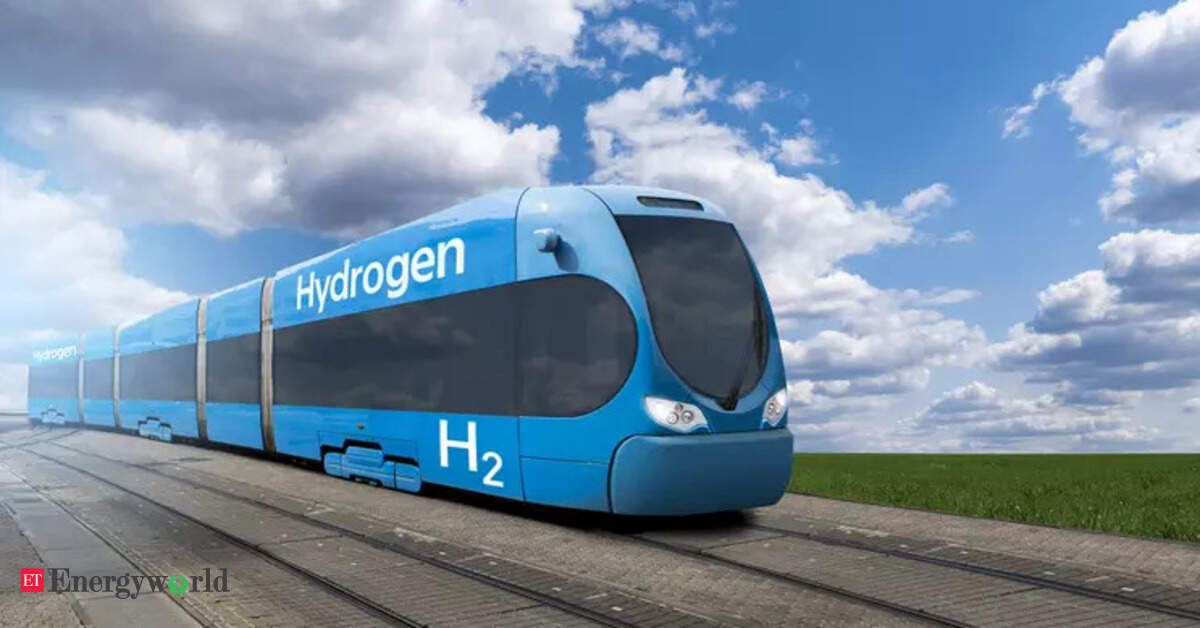Kawasaki Breaks Ground on World’s First Centrifugal Hydrogen Compressor for Liquefaction Plants
Kawasaki Heavy Industries, Ltd. has begun construction of a groundbreaking demonstration facility for the KM

Green hydrogen, which is produced through the electrolysis of water using renewable energy sources, is seen as a clean and sustainable alternative to fossil fuels. It has the potential to significantly reduce carbon emissions from the transportation sector, which is a major contributor to climate change.
However, the adoption of green hydrogen as a fuel for passenger trains in India will not be without challenges. There are several factors that need to be considered, including the cost and availability of renewable energy sources, the infrastructure required for hydrogen production and distribution, and the need for specialized equipment and training for train operators.
Additionally, there may be regulatory and policy hurdles that need to be addressed in order to facilitate the transition to green hydrogen in the transportation sector.
Despite these challenges, the switch to green hydrogen in passenger trains has the potential to bring about significant environmental and economic benefits for India. It is important for the country to carefully assess the feasibility and readiness for this transition in order to determine the best path forward.
Read More:
